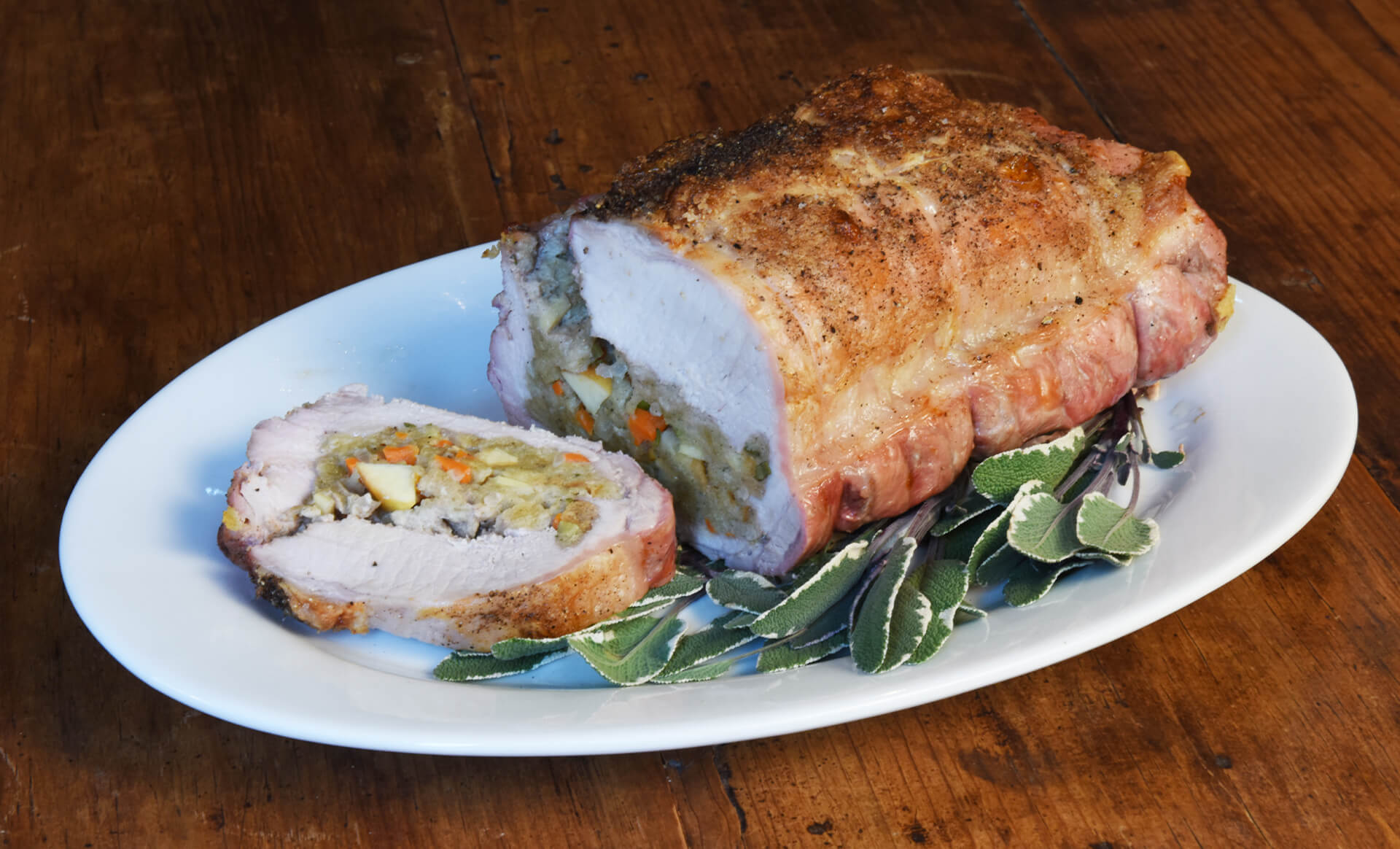



For very lean cuts of meat, like a chicken breast or a pork chop, by the time they reach 170☏ internal temp, most of the moisture has been squeezed out, rendering them tough and dry. Corriher says that up to 120☏ internal temperature, meat proteins shrink in diameter only and there is little moisture loss, but above 120☏ the proteins also begin to shrink in length-up to half their original length-which forces moisture into the spaces between the muscle fibers and toward the surface and center of the meat. When meat is cooked, muscle fibers begin to compress and contract, which really puts the squeeze on water. According to The Science of Good Cooking, raw beef is about 75 percent water. Meat is muscle, and muscle consists of proteins, fat, vitamins & minerals, and water-lots of water. Allowing almost any meat to rest-whether thick steaks, thick chops, whole turkeys, briskets or pork butts-helps keep meat more moist and improves the texture & tenderness of meat. My experience was an example of why it’s important to let meat rest after cooking. I was surprised to see a flood of juices run out across the cutting board, and when I ate the meat it seemed very dry. In one of my earliest barbecue experiences, I took a brisket out of the Weber Smokey Mountain Cooker after it was cooked and sliced into it immediately. Why You Should Let Meat Rest After Cooking Cover Loosely With Foil…And When Not To.A 2-4 Hour Rest Makes Brisket & Pork Butt Better.Why You Should Let Meat Rest After Cooking.In addition to cooking pork thoroughly, proper handling and storage are important for maintaining food safety. To prevent cross contamination, avoid allowing cooked foods or foods that don’t require cooking to come into contact with raw meat ( 9).įinally, to prevent the growth of bacteria, make sure you store leftovers in the refrigerator promptly and don’t leave pork at room temperature for more than 2 hours ( 7). When cooking pork, be sure to prepare it in a sanitary environment and use separate utensils and cutting boards if preparing other foods at the same time ( 9). Raw meat should be stored on the bottom shelf of the refrigerator to avoid transferring bacteria to other foods. In addition to cooking pork thoroughly, there are plenty of other steps you can take to practice proper food safety when handling this type of meat.įor starters, both cooked and raw pork can be stored in the refrigerator for 3–4 days at temperatures below 40☏ (4☌) ( 7).īe sure to wrap pork tightly and minimize exposure to air to prevent the meat from drying out. While improvements in the food industry have reduced the risk of infection, thoroughly cooking pork is still critical for preventing foodborne illness. summaryĮating pork that carries Trichinella spiralis can cause trichinosis. These bacteria can cause fever, chills, and digestive distress ( 6). In fact, only 13 cases of trichinellosis were reported to the Centers for Disease Control and Prevention (CDC) in 2015 - substantially fewer than in the past ( 5).įor comparison, it’s estimated that around 400 cases of trichinellosis were reported to the CDC each year in the 1940s ( 2).ĭespite the decline in the incidence of trichinosis, proper cooking is still crucial to reduce the risk of infection.Ĭooking pork can also prevent foodborne illness caused by strains of bacteria such as Salmonella, Campylobacter, Listeria, and Yersinia enterocolitica. The worms grow in the intestine of the host and then produce larvae that pass through the bloodstream and become trapped in the muscle ( 2).Įating undercooked pork that is carrying Trichinella spiralis can lead to trichinosis, an infection that causes food poisoning symptoms like diarrhea, stomach cramps, muscle pain, and fever ( 3).įortunately, improvements in hygiene, laws related to waste disposal, and preventive measures designed to protect against infection have led to significant reductions in the prevalence of trichinosis within the last 50 years ( 4). Trichinella spiralis is a type of parasitic roundworm found in many omnivorous and carnivorous animal species around the world - including pigs ( 1).Īnimals can acquire this parasite after eating other animals or scraps of meat that contain it.


 0 kommentar(er)
0 kommentar(er)
